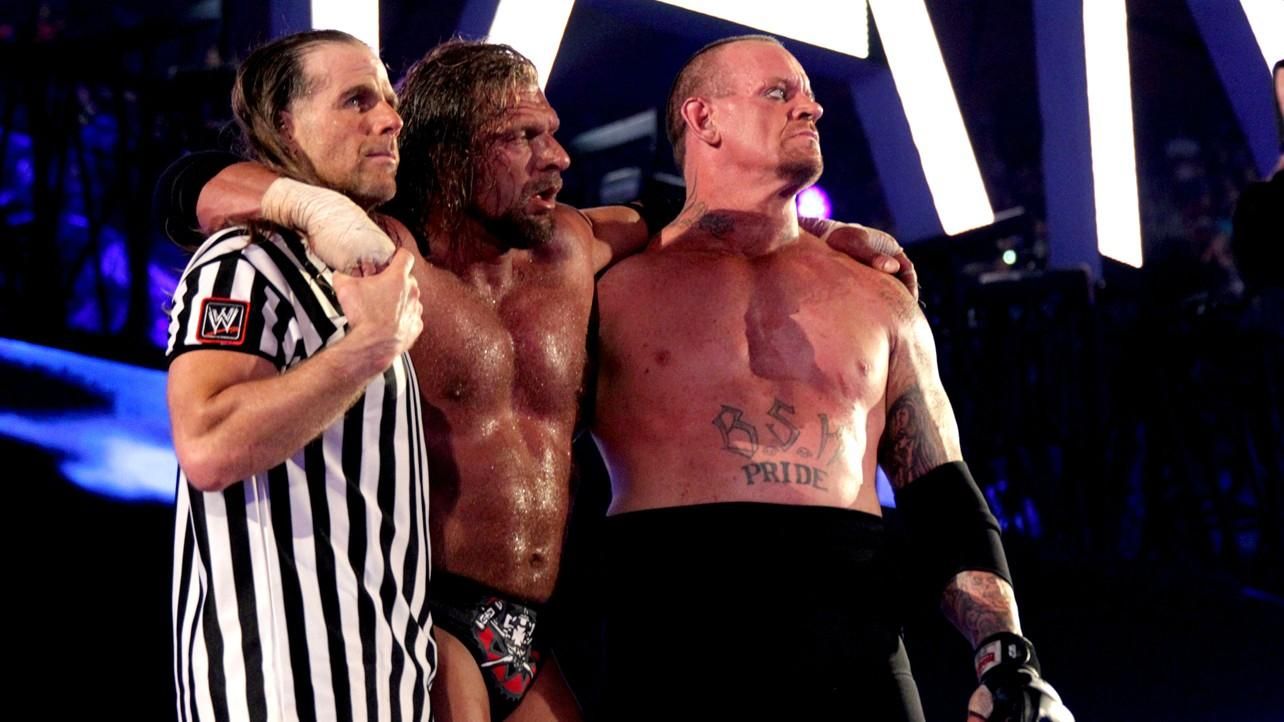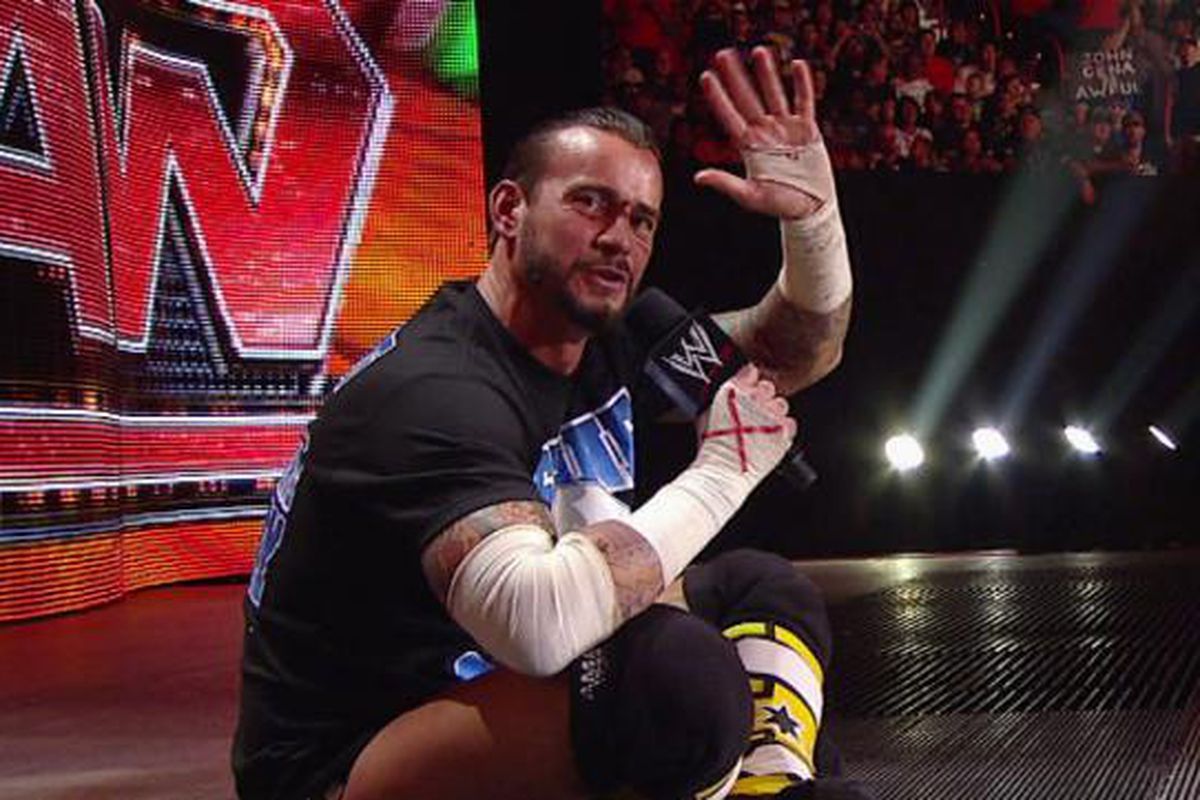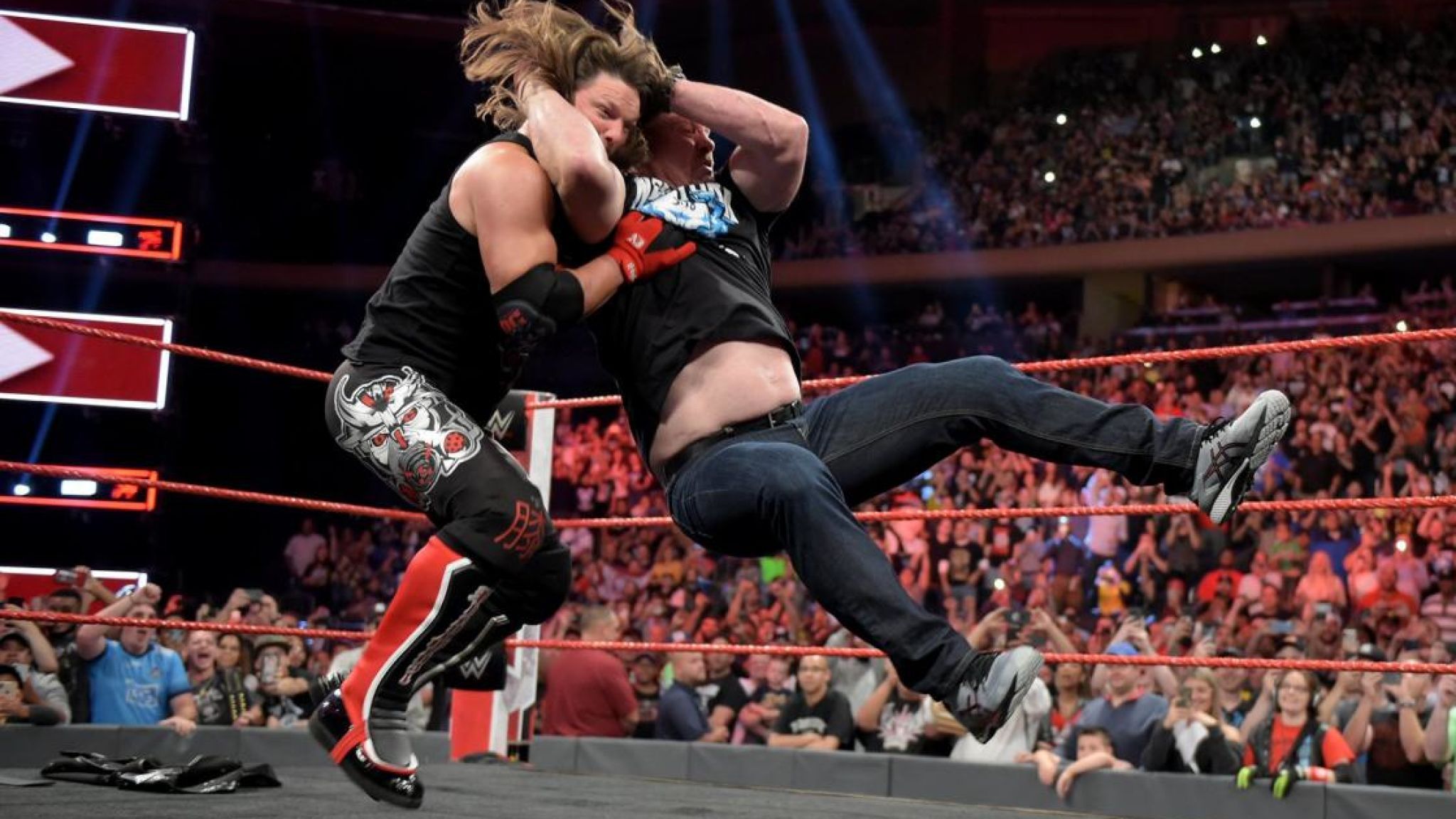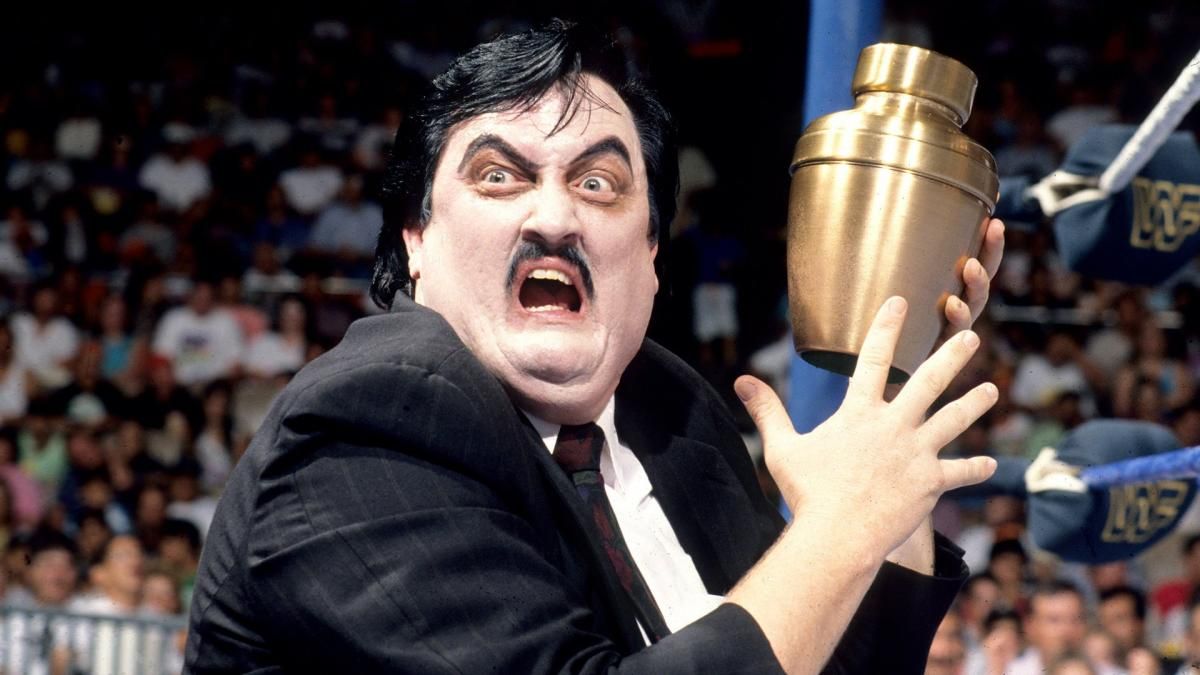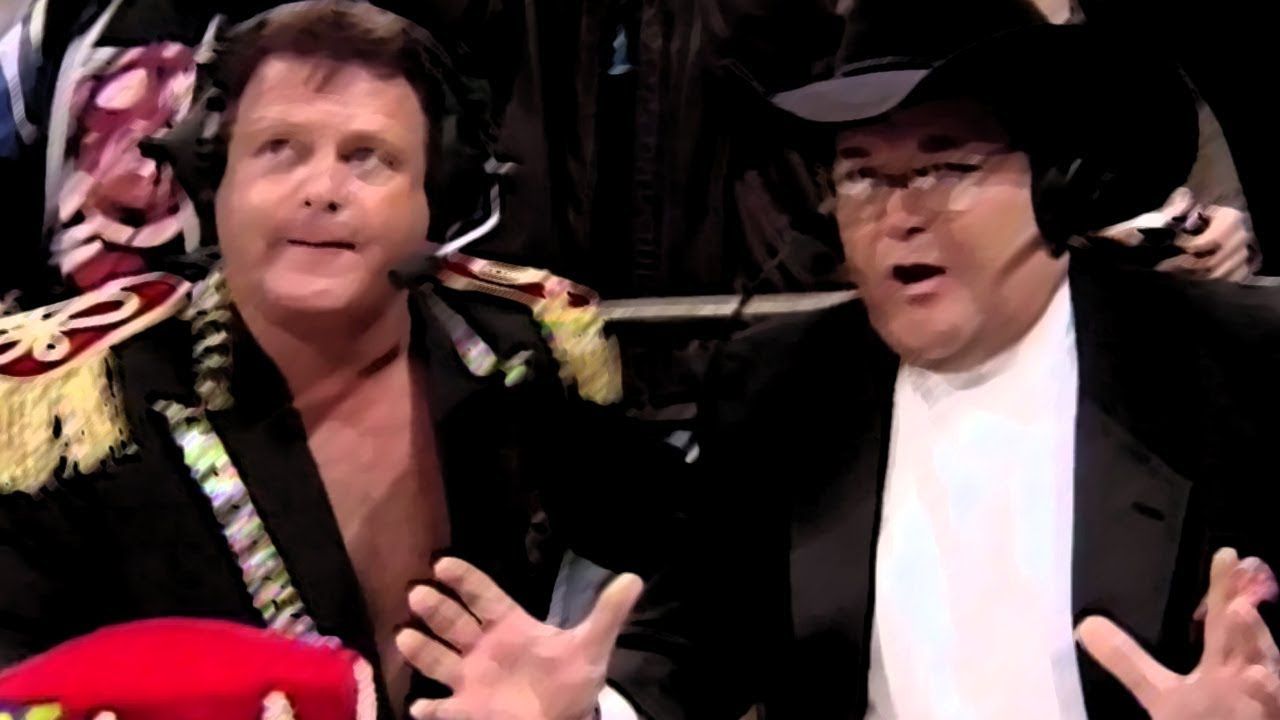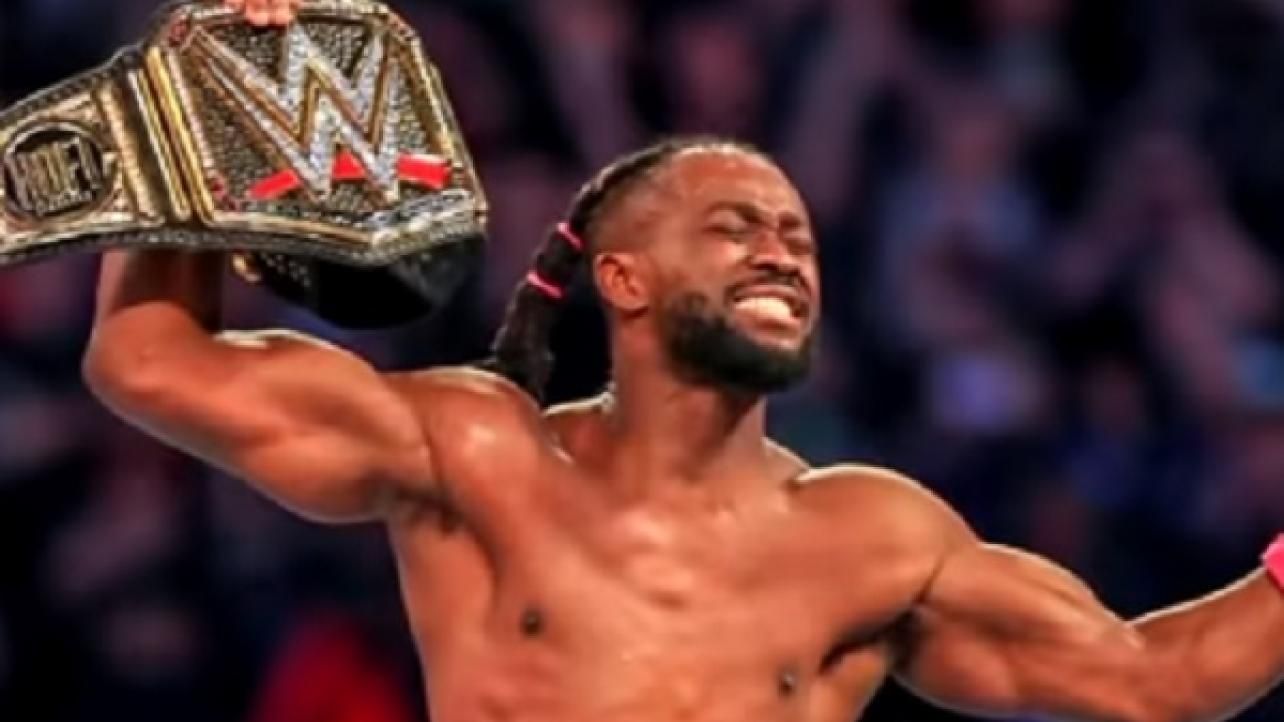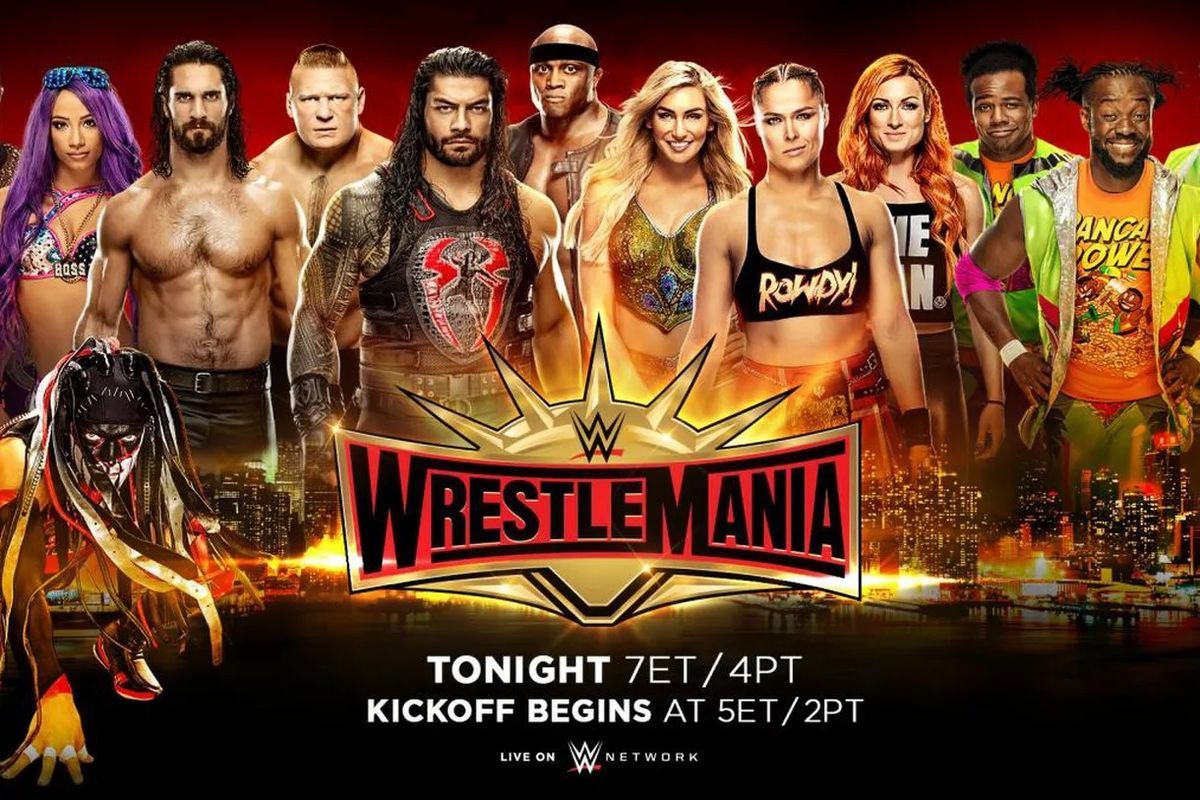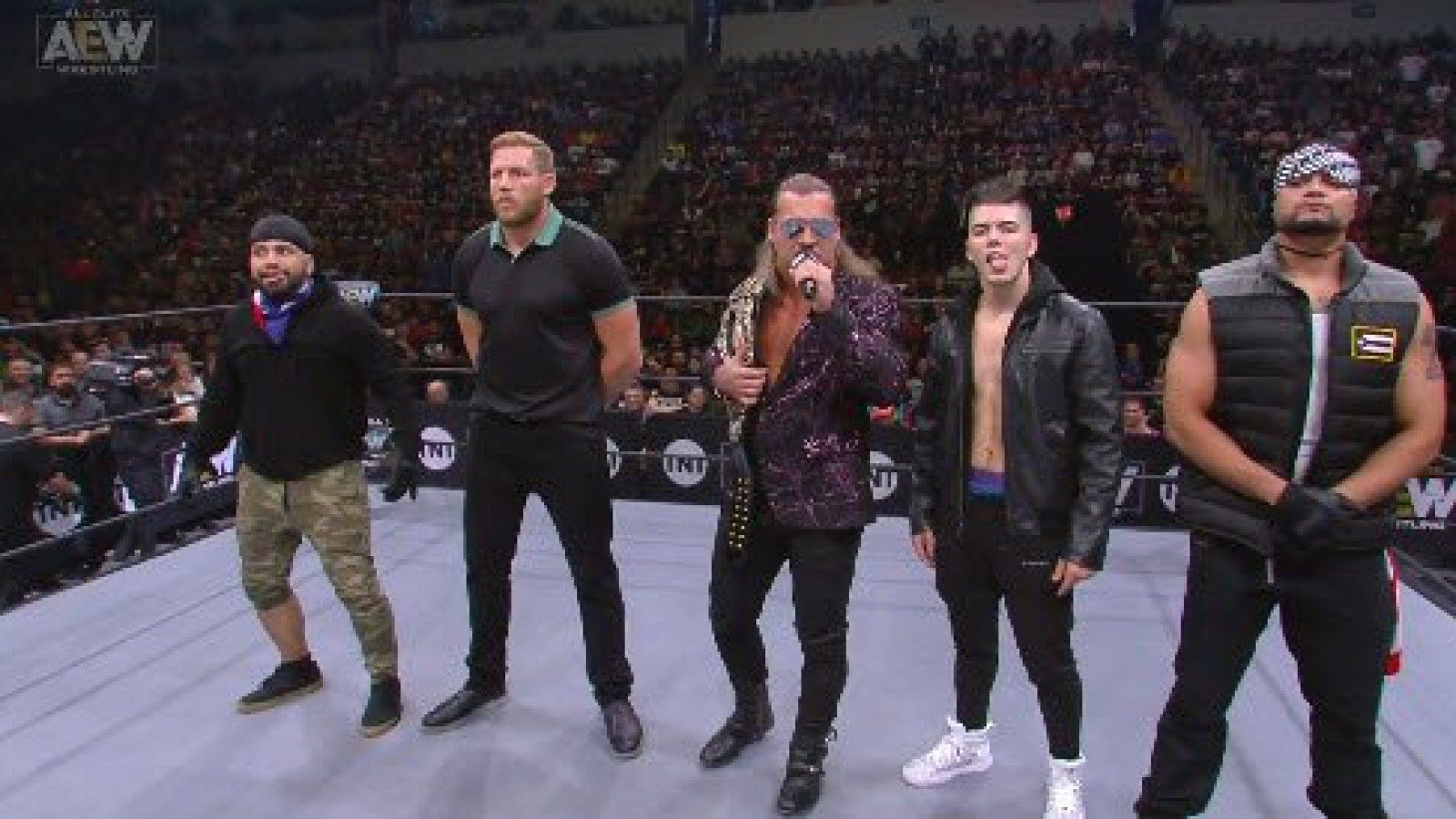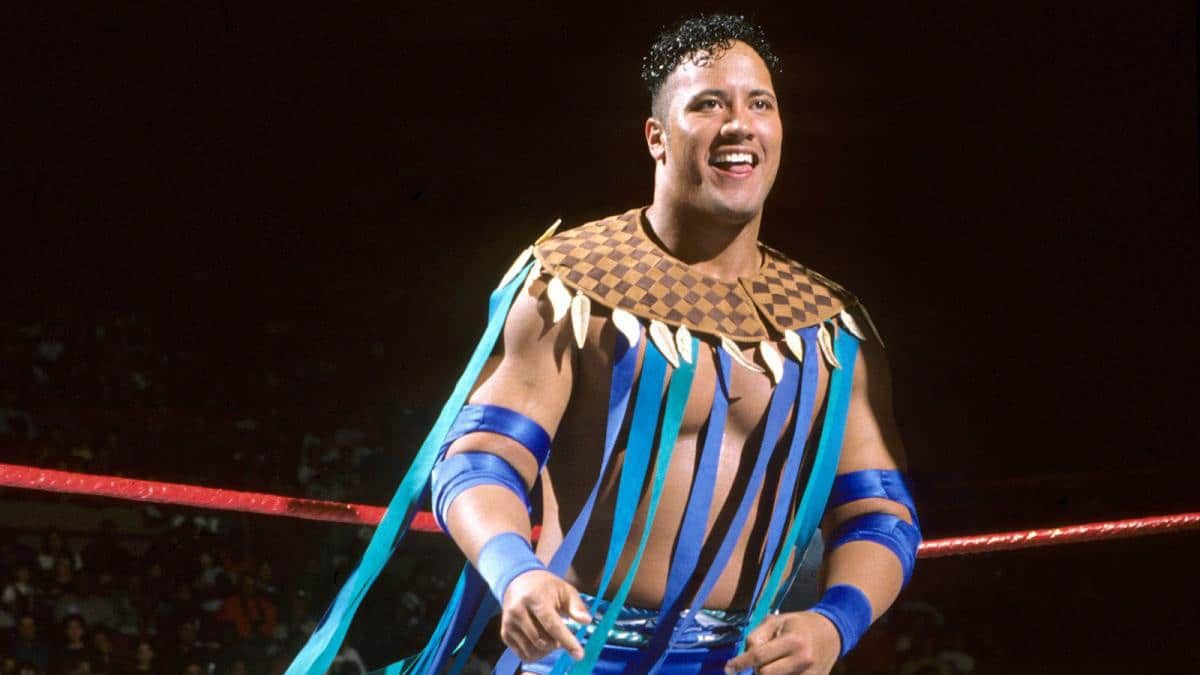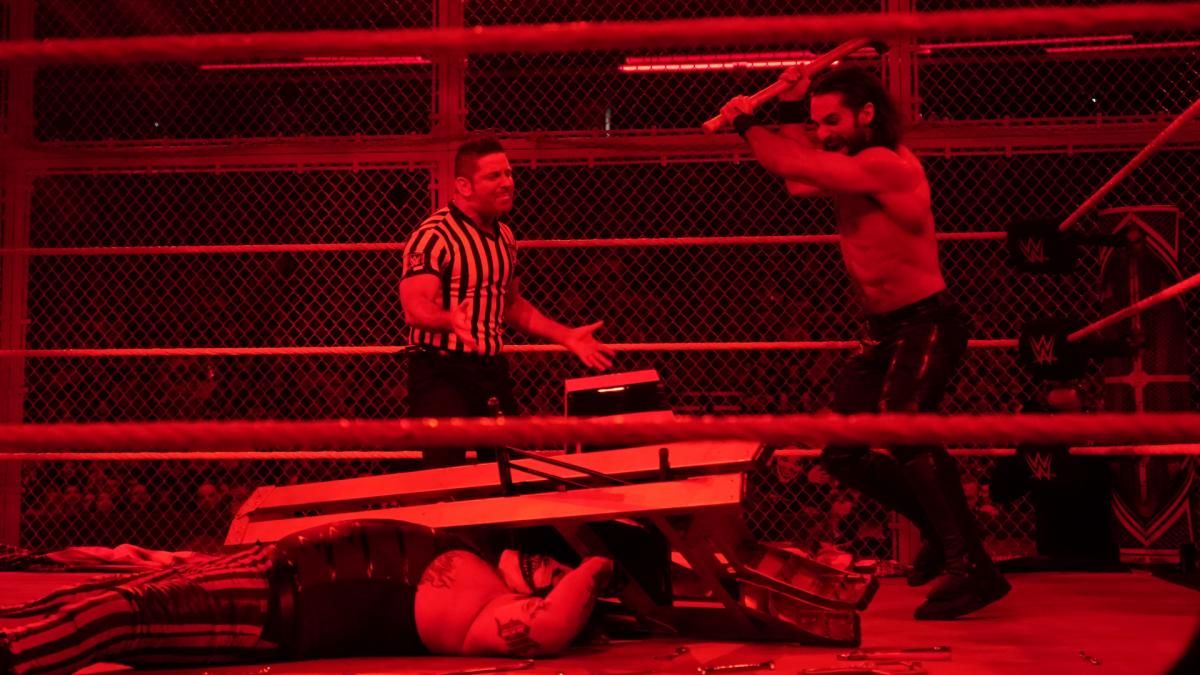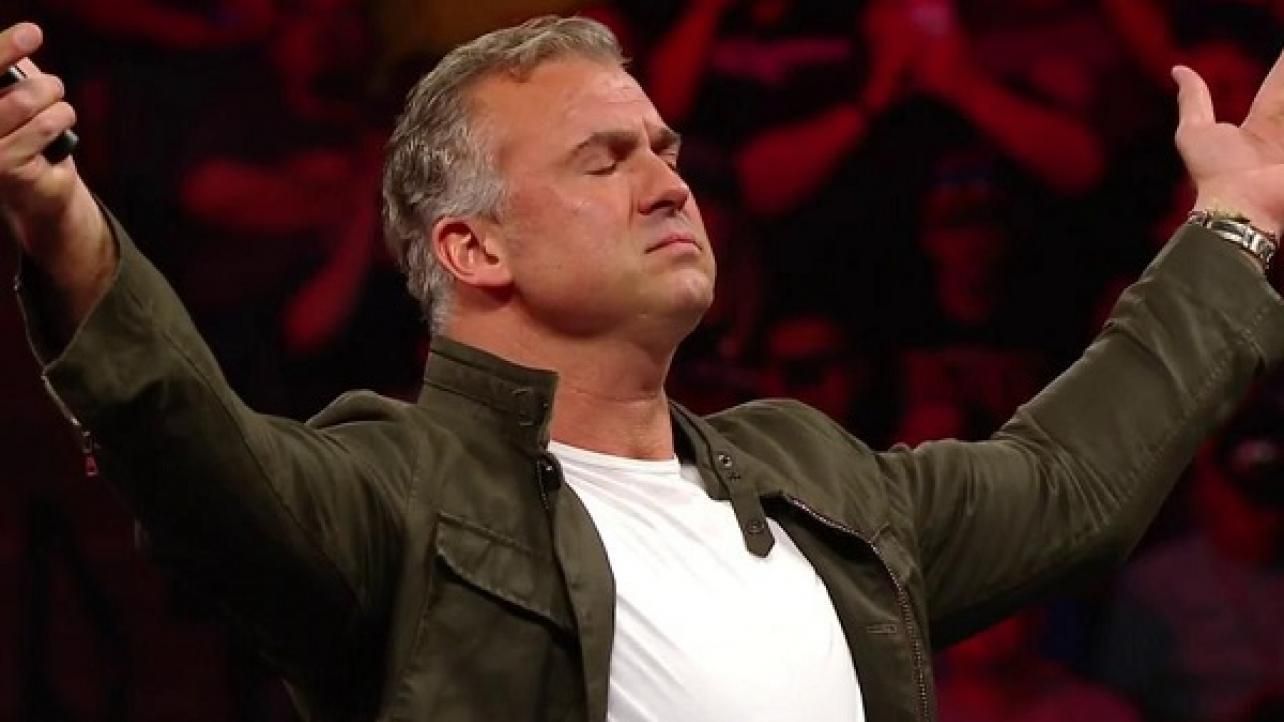Professional wrestling has seen many changes over the past few years. Whether you compare the current WWE product to the Attitude Era or look at the differences further back, the industry has evolved in many significant ways and continues to move.
While many changes have been for the best, such as the respect and prominence given to female wrestlers in the modern era, some were less desired. In fact, in its current state, WWE has lost ratings due to many of the items on this list. With change comes a break from tradition. And due to those changes, these ten things no longer seem to hold the prestige they once did.
10 Kayfabe
Who hasn’t discussed this one? Once heralded as the most important aspect of professional wrestling, kayfabe is barely a factor today. Certain characters, such as Bray Wyatt, are still completely protected and immersed inside of their storyline boundaries – but this is far from the norm.
The common example is to look at the infamous “Curtain Call” incident for the death of kayfabe, but many more significant events exist in recent history. Whether you cite CM Punk’s “pipe bomb” promo or the latest activity on Alexa Bliss’s Twitter account, very few are the performers who conduct themselves in character most of the time.
9 Finishing Moves
Remember when you waited all match to watch Steve Austin hit someone with the Stone Cold Stunner because you knew that was when it was over? Remember when the Pedigree signaled the end of a match? As a matter of fact, can you remember when each superstar only had one finishing move?
We remember. And nothing could be further from the current lineup. Some of the current roster, such as Roman Reigns, can wrestle a whole match only using their signature and finishing moves. Opponents will get up from them several times before the eventual close. Other superstars such as Seth Rollins don’t even have an original, specific finishing move.
Very rarely will you see only one use of a finisher. And de-legitimizing those moves is an atrocity.
8 Managers
AEW recently came on the scene, and it has been fantastic. Amid one of the most exciting tag team divisions in the industry, one of the more interesting pairings been Tully Blanchard’s involvement with Shawn Spears. Tully manages to bring a seasoned air of guidance to a young guy with a bright future.
In years past, this was the norm. Paul Bearer guided a young Undertaker, then Mankind, and a young Kane. Jim Cornett touted several talents on-screen over the years. Even Ric Flair saw more of a managerial role for a time at the end of his career. It added depth to new characters and allowed them to build from legacies and personalities. It created stories. And it has been sorely missed.
7 Commentary
To AEW’s credit, this is another category that doesn’t apply to their young promotion. If driven by nothing more than nostalgia, the voices of AEW are ones that the wrestling community will turn the volume up to respectfully hang on every play-by-play which is called.
That isn’t the case elsewhere. While commentary used to feed storytelling and bring a “real” sport feel to the product, it often serves little more than to trumpet catch phrases today. Long gone are the days of JR emotionally driving the audience with his genuine commentary, juxtaposed to The King making inappropriate or aggressive comments. Commentary today is little more than background noise.
6 Championships
There was a time when a championship was a status symbol in professional wrestling. Champions would hold titles for whole years before dropping them. Today, a six-month reign by Kofi Kingston is considered long.
This undeniably changed during the Attitude Era when titles were regularly defended on television and would sometimes drop multiple times in a week. Not only did that create a sense of action, but stars like The Undertaker and Stone Cold Steve Austin also didn’t need a title to make them feel like stars. This pulled focus away from championships and delegitimized belts.
While there is no doubt that a strong character doesn’t need a championship to feel legitimate, it would be nice to feel like the belts mattered a little more than they currently do.
5 Pay Per Views
What is a pay per view today? It’s really just a night where belts will be on the line. Some will move, but most won’t. Storylines progress slightly, but most won’t resolve with a single pay per view. They just continue and hold bigger matches this one night each month.
The biggest victim of this trend is Wrestlemania. While the event has been better in recent years than the years immediately prior, there is no doubt that they quality has declined. Matches feel lackluster, entrances barely unique, and most matches are simple exhibitions without interesting storylines or unique stipulations.
With three hours every Monday and another two on Fridays, a pay per view doesn’t offer much more than what can be found on the regular product these days. Besides the time allotment, the $9.99 price tag of the WWE Network has devalued what once was a premium product, and the quality has followed.
4 Stables
Tag teams were definitely a major factor in the past, but this entry refers to larger factions with more than two members.
Think of most Hall of Famers who spent time with WCW or WWE during the 1990s. What is one thing most of them have in common? They were part of a larger group. Whether it was NWO, DX, The Ministry, Evolution, The Four Horsement, or even The Corporation, factions were once a staple of professional wrestling.
It made sense. Older guys could mentor new talent. Male and female superstars could weave storylines together. Tag teams would align with singles competitors. More people could participate in bigger storylines with less individual time. But not today.
Thankfully AEW is showing signs of revitalizing this art. Time will tell, but hopefully this mentality prevails.
3 Fan Reactions
When fans booed a young Rocky Maivia, he was eventually forced to change his character to survive. Originally pushed as a face, The Rock joined forces with heel faction The Nation of Domination less than one year after his initial debut. In his new role, The Rock’s natural charisma won over fans and saw him transition to one of the greatest performers of all time.
When fans had a similar reaction to Roman Reigns being vaulted to the main event scene as a singles competitor, the outcome was very different. Reigns continued to receive a push despite negative reception. While mentions were made of this relationship, he continues to perform on the edge of taking the spotlight to this day.
2 Faces and Heels
Speaking of face and heel pushes, the line here has been blurred so much it barely matters today. Look at a recent example in Seth Rollins’ feud with Bray Wyatt. Technically a face, Rollins has no support from fans, yet he continues to be a positive, winning character. Wyatt, who is overwhelmingly embraced by fans, is presented as a heel and held back from notable success.
While this could be viewed as an extension of the lack of regard for crowd reactions, it really continues a trend from the 90s where heels became the “cool” characters and faces just weren’t as interesting anymore. Both factors need to be addressed, but these two items each represent independently tangible concerns.
1 The McMahons
Yes, take a moment to soak that in.
During the Attitude Era, Vince McMahon was a top villain. Alone, he had a fierce rivalry with Steve Austin which drew crowds all over. Even his Corporation faction managed to gain significant traction in the late 90s.
That spark is dead today, despite how furiously WWE’s creative team wishes it could hold on. The recent run Shane McMahon had with Kevin Owens underscores that fans are tired of rehashing that same conflict anymore. While it created some great moments, the vitriol directed toward Shane’s airtime was much more significant than most probably suspected.

